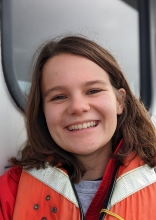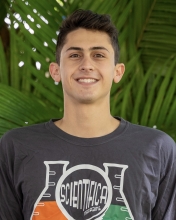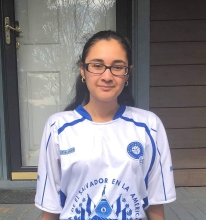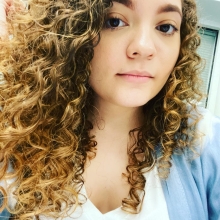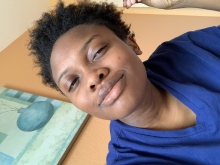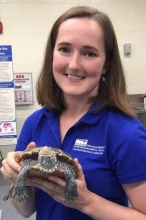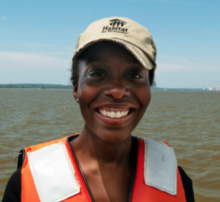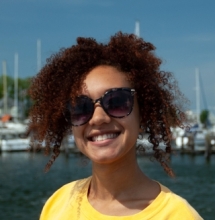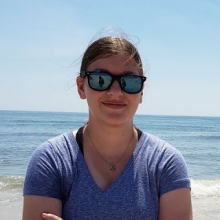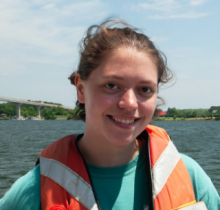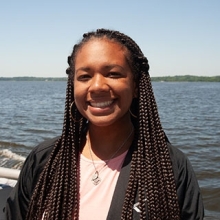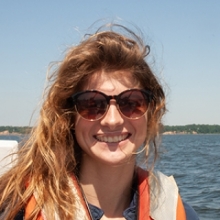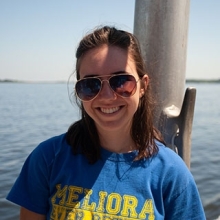Eight students will be presenting the summer work at the Ocean Sciences Meeting in March 2022!
Jennifer Stone, Salisbury State University
Class Year:
1995Mentor:
Edward Houde, Ph.D.Project Title:
Effects of simulated predation on plankton community structure and dynamics in mesocosms of three volumes
Abstract:
The effects of simulated predation on plankton community structure were investigated in mesocosms of three volumes. lt was hypothesized that simulated predation would modify the abundances, dynamics and structure of the plankton community and that the timing and level of these responses would be related to the levels of predation and the sizes of the mesocosms. Ambient Patuxent River water and a proportional amount of natural estuarine sediment were added to tanks having volumes of 60.3, 442 and 675-liters. Three tanks of each volume were designated for the experiment. Predation levels of 0, 10% and 30% were imposed on each volume designation. Counts of copepods/copepodites, copepod nauplii, polychaete larvae and other zooplanktors were taken daily. A measure of fluorescence was taken every other day. Pre-predation (days 2-5) copepod/copepodite densities were significantly higher in the 675-liter and lowest in the 60.3-liter tanks. Early predation (days 6-12) copepod/copepodite densities were significantly affected by predation level but not by tank size. Copepod/copepodite abundances scaled inversely with predation level. Late predation (days 13-18) copepod/copepodite densities were significantly affected by tank volumb and predation level. Higher densities occurred in the smaller tanks under the lowest predation level. Copepod nauplii densities showed no indication of a tank size effect during the pre-predation period. Tank size did affect nauplii density during early predation, with abundances highest in the smaller tanks. During late predation both tank size and predation level had significant effects, with higher abundances in the smaller tanks and at high predation levels. There was no indication of a tank size effect on fluorescence levels during pre-predation. Tank size, but not predation level, did significantly affect fluorescence during early and late predation, with highest levels in the smaller tanks.





